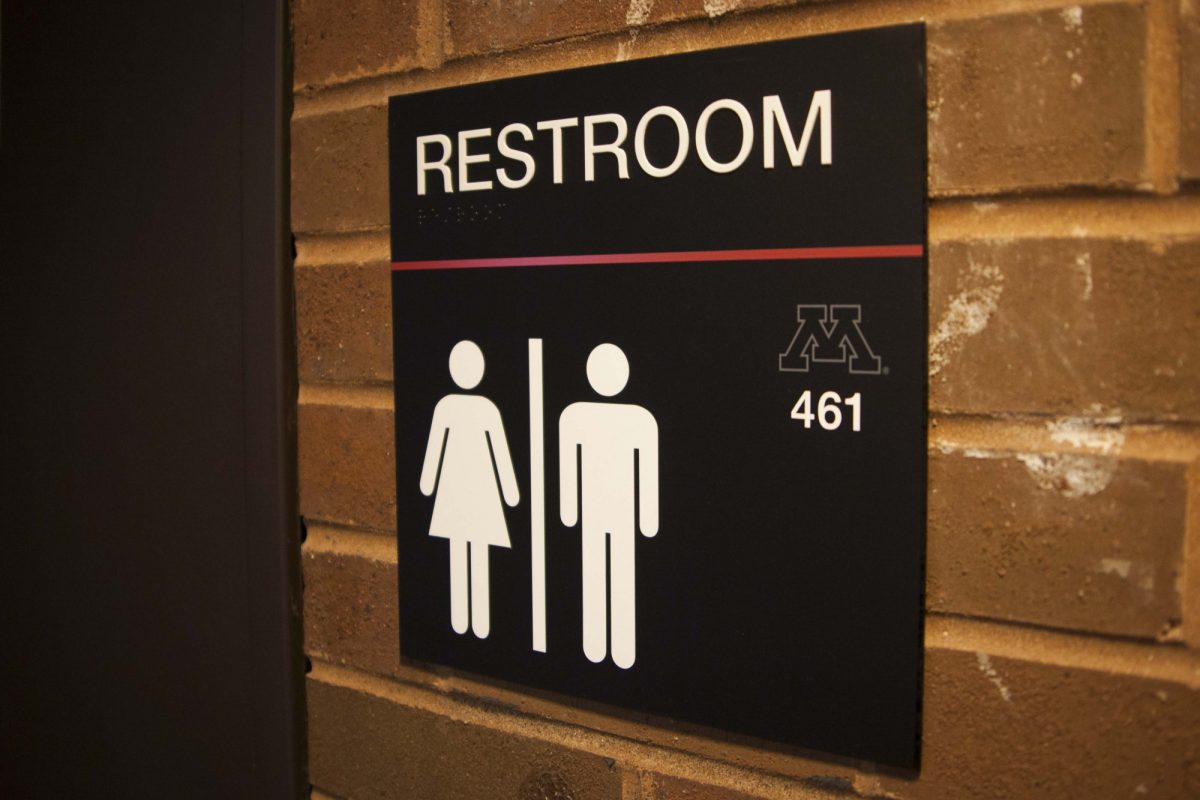Despite financial aid options, students from lower-income backgrounds who do well in high school are still less likely to attend college than their middle- and upper-income peers who have more financial resources, mainly because of a perceived lack of financial resources.
The conclusions came from a 10-year study released this month by the U.S. Department of Education. The 1988 National Longitudinal Study, which followed 13,000 eighth through 11th grade students across the country, showed that higher-income students who scored in the top third of a standardized test are five times more likely to attend college than lower-income students with comparable scores.
Sixty percent of the low-income students said they decided to not attend college because of the high cost.
Peter Zetterberg, director of the University’s planning and analysis office, said this fall’s incoming freshman class has 5,000 students, half of whom will probably qualify for need-based aid.
Jim Hearn, chairman of the educational policy and administration department in the College of Education and Human Development, said students from higher socioeconomic backgrounds are historically more likely to attend college.
“There is a remarkable lack of knowledge about how much college costs and the programs available to assist students financially,” Hearn said.
While federal and state financial aid programs have increased college attendance among lower-income students over the past four decades, Hearn said the studies he and other educational policy researchers conduct indicate there is room for growth.
“We haven’t seen the dramatic changes we hoped we’d see in the’60s and ’70s,” Hearn said.
With college education portrayed as “forbiddingly expensive,” Hearn said a college education may seem unaffordable to many families. Hearn added while the cost of room and board, tuition and books at public schools is still expensive, it is more affordable than private schools.
Hearn said lower-income students might not attend college because they believe they will not receive enough financial aid or they get overwhelmed by the complex application.
Zetterberg said the amount of state and federal grant money a low-income student qualifies for will exceed the cost of tuition at any school in the University or state college systems. In 1997, it cost $12,500, including expenses, to attend the University. Zetterberg said the money provided by grants would not cover expenses like books and housing.
“It’s still expensive, but it’s not the $30,000-a-year figure people see in the paper,” Zetterberg added.
Even when students know about financial aid programs, Hearn said they might not attend college because the kind of aid available doesn’t attract students.
With changing national regulations, Hearn added students don’t know how much aid they qualify for or what type of aid they will receive.
Other factors influence the college decision. Zetterberg said students who come from families where one or both parents have graduated from college are more likely to attend college themselves.
While the college attendance dilemma exists nationwide, Hearn said Minnesota’s attendance rate is one of the nation’s highest. Hearn said southern and southwestern states had the lowest college attendance rates. However, the recent economic boom in states like North Carolina, Georgia and Florida have enabled more students to earn college degrees.
Cost of college deters children
Published August 19, 1998










